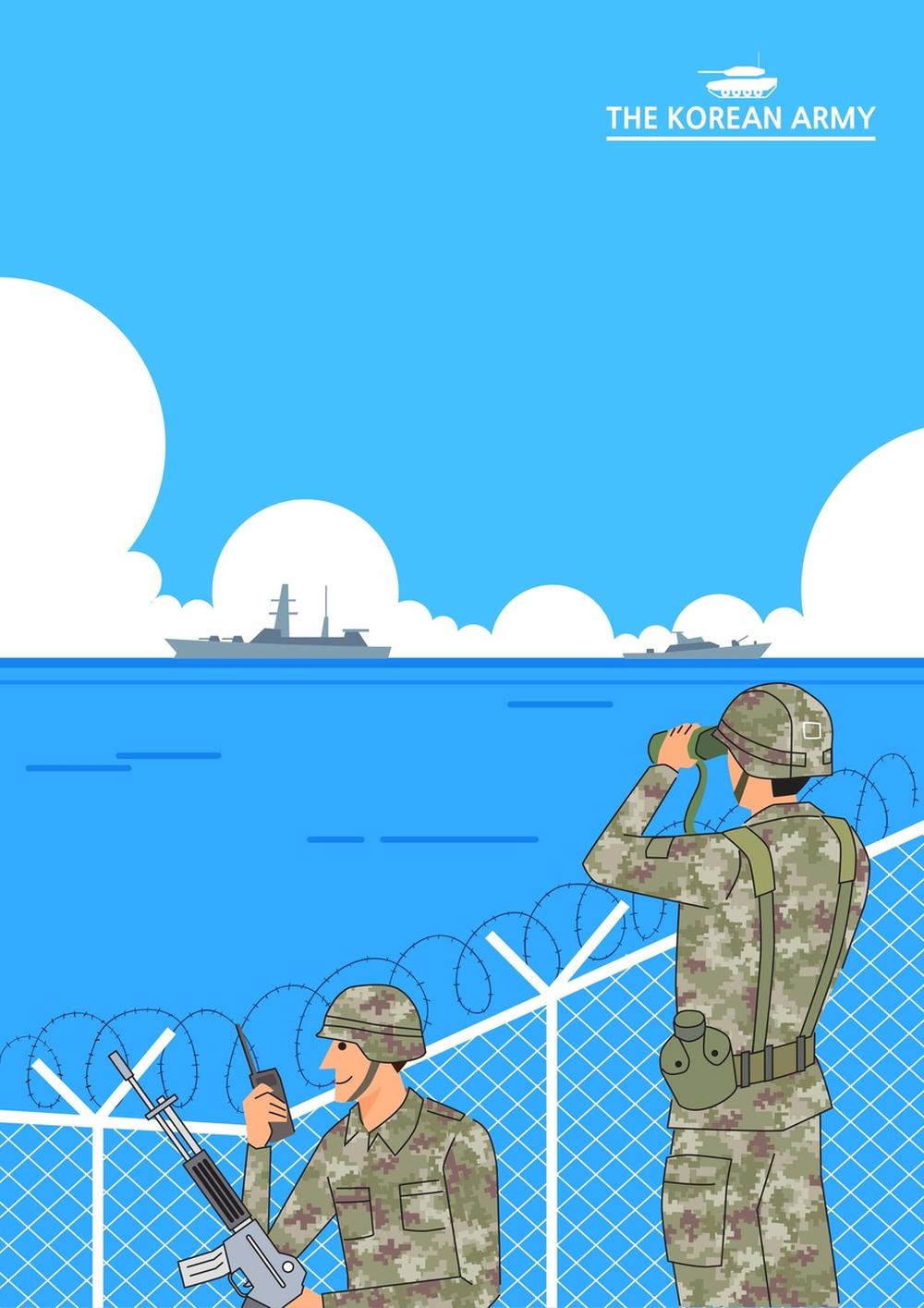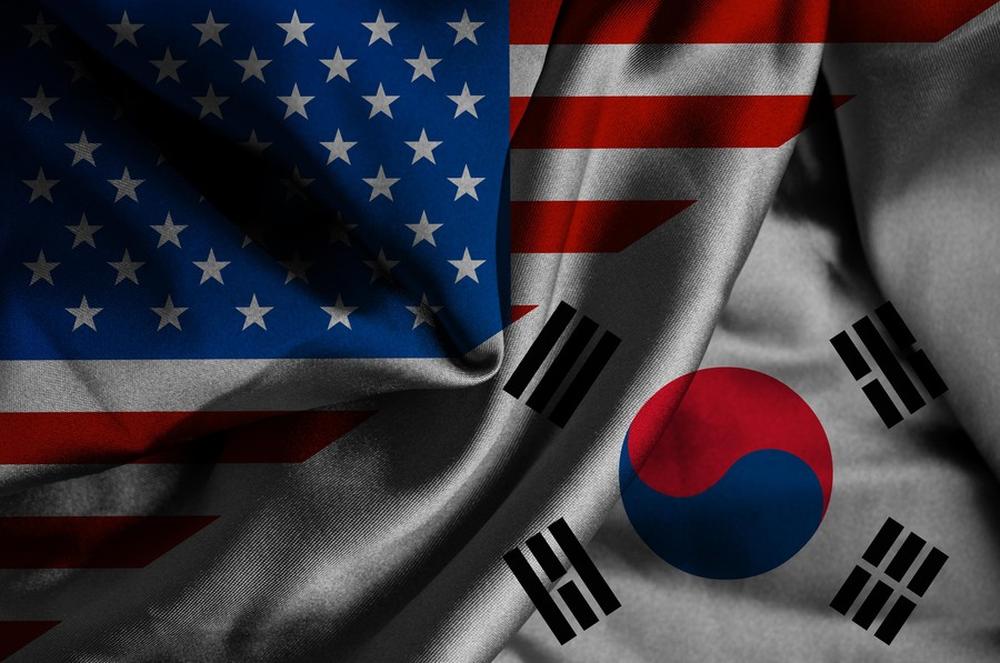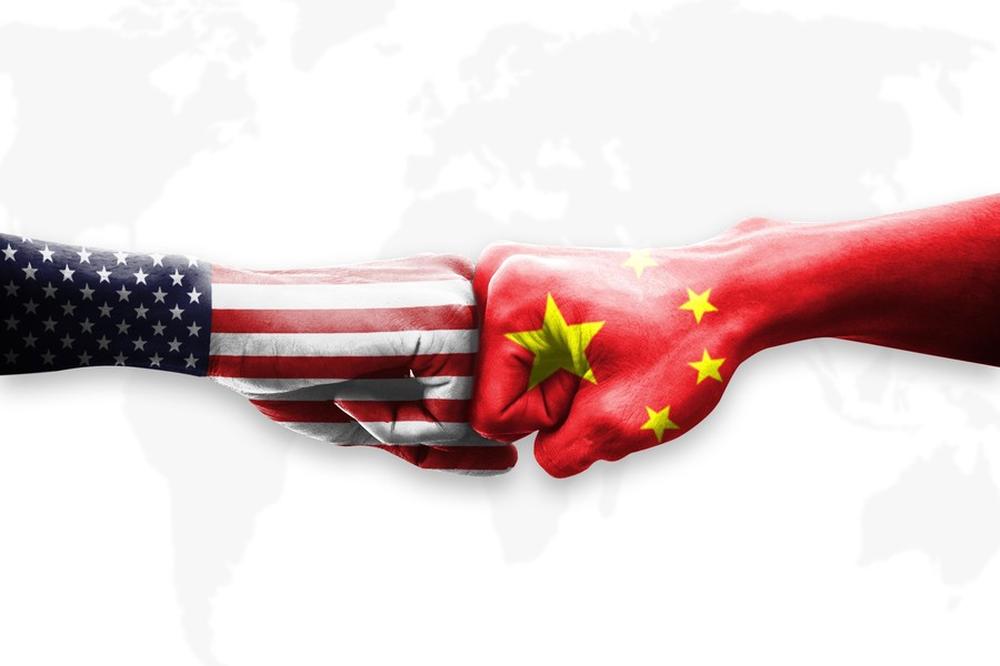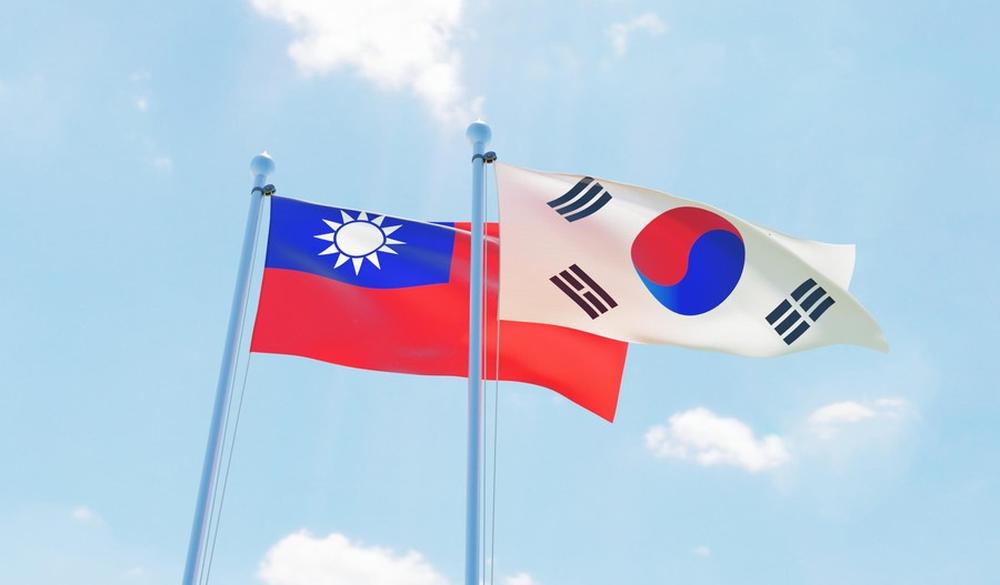- #China
- #Global Issues
- #Security & Defense
- #US-ROK Alliance

► The United States will try to encourage Korea to possess its own strategic military assets via the cancelling of the ROK-US missile agreement, and place Korea at the center of its alliance policy since Korea has great potential to become a formidable military power.
► This suggests that Korea now has the opportunity to vastly upgrade its military status by building light aircraft carriers, nuclear-powered submarines, and medium-range missiles and, at the same time, serve as a vital piece in the United States’ alliance policy.
- Political/Military Impact of China-Taiwan Conflict
Military tensions between China and Taiwan are growing and the United States’ involvement in the Taiwan Strait has the great potential to destabilize the entire East Asian security environment. Of course, many experts, including the author, believe that a war in Taiwan is unlikely. However, a war can be ignited without an invader and, as President Biden told President Xi, “the greatest fear is a war that nobody wants.” For example, World War I is known as a “war without an invader” because it was caused by misunderstandings and misperceptions, and a lack of crisis management capabilities.[1] If similar conditions take shape in the Taiwan Strait, even accidental clashes and conflicts in the non-military realm could seriously threaten the regional order. In preparing for such a possibility, the United States and China have relocated their military forces and adjusted their alliance policies. For Korea, this is a particularly sensitive variable because of the threat posed by North Korea.
In China, there is a consensus among strategists that China’s main security interests prior to the Korean War in 1950 was the Taiwan issue and that they lost the opportunity for unification when China unexpectedly dispatched troops to the Korean War.[2] Then, what strategy will the Chinese Communist Party—intent on preventing Taiwan’s independence and achieving complete unification—adopt in order to deal with the Korean Peninsula issue? The first possibility is that China could opt for stability on the Korean Peninsula so that it could focus on Taiwan. This stems from the lessons of the Korean War, when China learned that it cannot fight two wars at the same time. The second possibility is that China could use North Korea to raise tensions on the Korean Peninsula and, by doing so, divide the United States’ resources and prevent the U.S. from focusing on Taiwan.[3] There are other possibilities that involve differing degrees of tension and conflict in the Taiwan Strait. However, the important point is that the Taiwan Strait has great military implications for the Korean Peninsula.
From the American perspective, the Taiwan Strait issue serves as an important motivation to transform the ROK-US alliance into an alliance that focuses on the broader regional stability. Phil Davidson, Commander of the United States Indo-Pacific Command, told the Senate Armed Services Committee in March of this year that “Taiwan is clearly one of their[Chinese] ambitions. ... And I think the threat is manifest during this decade, in fact, in the next six years.” Further, Paul LaCamera said during his Senate confirmation hearing that “USFK forces are uniquely positioned to provide the US Indo-Pacific Command commander a range of capabilities that create options for supporting out-of-area contingencies and responses to regional threats” and that he will “advocate for inclusion of USFK forces in US Indo-Pacific Command contingency and operational plans supporting US interests and objectives in the region.”[4] Citing the ROK-US Mutual Defense Treaty, the Korean government has rejected the idea that the ROK-US alliance can be used for purposes other than defending the Korean Peninsula. It has also maintained its strategic ambiguity in dealing with the Taiwan issue.
- Military Aspect of Great Power Competition
The most serious development surrounding the Taiwan Strait is the potential clash of the United States’ rapid deployment strategy and China’s A2/AD strategy. If I may compare this situation to boxing, the United States can be considered an outboxer, a boxer who seeks to subdue the opponent with overwhelming power, quick speed, and critical blows. On the other hand, China can be considered an infighter in that it seeks to finish the match with one blow. If the United States adheres to Muhammad Ali’s battle tactic, “float like a butterfly, sting like a bee,” China adheres to George Foreman’s tactic, “knockout an opponent just by tapping.”[5] While the United States has preferred an offensive-minded and a purely military strategy to manage the tension, China has relied on a defensive-minded strategy aimed at raising tensions through a multi-dimensional approach in the military as well as non-military realms. Such differences in the two countries’ strategic cultures are particularly apparent when we compare their military priorities. The U.S. military emphasizes projection and, as a result, possesses overwhelming advantages in aircraft carriers, stealth fighters, submarine operations, and precision strike missiles. Chinese advantages lie in areas that can offset U.S. superiority, including anti-ship and anti-ground missiles, hypersonic missiles to defend, and ASAT and cyber capabilities. The United States sees China as implementing a gray zone tactic, which deploys maritime police as well as civilians in addition to the Chinese military.
What’s important here is that as China modernizes its military, the United States may also opt for a more defensive-minded strategy. A number of war games conducted by the U.S. Department of Defense have seen the United States losing a potential war in the Taiwan Strait.[6] These perplexing results for the United States are the results of a growing perception that a pre-emptive strike is made impossible by rapidly growing capabilities involving detection sensors such as satellites, reconnaissance planes, and radars. Since the attacker is left exposed, the military advantage in US-China competition will go to the defender, which adds to recent claims that this has led to a new type of arms race.[7] In response, the United States has begun to accelerate innovation and advancements in military science and technologies and, at the same time, has emphasized military integration with its allies.
- Evolution of the ROK-US Alliance
With growing uncertainties regarding the United States’ ability to deter China and carry out military operations in the Taiwan Strait, the United States now focuses on strengthening the ROK-US-Japan military cooperation in order to surround and pressure China. To do so, the United States has gone beyond its traditional approach (building large military bases and implementing “legacy systems”) and has placed what is known as kill chain at the center of its alliance policy. Kill chain allows the simultaneous implementation of the following processes: understanding by accumulating vast information, making decision based on those understanding, and taking actions. The United States believes that it can deter China by improving capabilities in multi domains including ground, maritime, and air as well as space and cyber.
As such, it is becoming more likely that the United States will further delay OPCON transfer to Korea until a new system is established, accelerate deployment of strategic assets such as Zumwalt-class destroyers and drone units in accordance with the United States Indo Pacific Command’s New Pacific Deterrence Initiative, and incorporate Korea into its space operations. China is likely to respond negatively to these developments. The United States will try to encourage Korea to possess its own strategic military assets via the cancelling of the ROK-US missile agreement, and place Korea at the center of its alliance policy since Korea has great potential to become a formidable military power. This suggests that Korea now has the opportunity to vastly upgrade its military status by building light aircraft carriers, nuclear-powered submarines, and medium-range missiles and, at the same time, serve as a vital piece in the United States’ alliance policy. Korea is now placed in a dynamic environment where its survival depends on how it copes with the great power competition and geopolitical pressures. This is something that the incoming administration must keep in mind as it formulates its foreign policy strategy.
[1] Jung-sup Kim, Before the Leave Fall: World War I and the Future of the Korean Peninsula (MID Publications: 2017).
[2] Minnie Chan, “How Korean war memories in China fuel desire to take Taiwan 70 years on,” South China Morning Post (2020/10/17). https://www.scmp.com/news/china/diplomacy/article/3105835/70-years-how-korean-war-memories-china-fuel-desire-take-taiwan
[3] Tae-hwan Kwon, “US-China Competition over Taiwan will spill over onto the Korean Peninsula,” Joongang Ilbo (2021/7/3). https://www.joongang.co.kr/article/24097320#home
[4] Wook-sik Jung, “Taiwan Strait, a potential disaster…may have implications for Korea,” Hankyoreh (2021/6/28). https://www.hani.co.kr/arti/politics/defense/1001116.html
[5] Jong-dae Kim, “Imagine if the United States and China clash in the West Sea…” Hankyoreh (2015/5/1). https://www.hani.co.kr/arti/politics/defense/689433.html
[6] Young-gyo Jung, “U.S. battleships, lose to Chinese missiles…U.S. lose in war games in the Taiwan Strait,” Joongang Ilbo (2021.3.28). https://www.joongang.co.kr/article/24021985#home
Jong-dae Kim is a visiting professor at the Yonsei University Institute for North Korean Studies and CBS guest commentator. He is also a military critic and politician, serving as the editor-in-chief of the monthly military magazine Defense 21+. He has gained administrative experience in defense from the Young-sam Kim, Dae Jung Kim, and Moo-Hyun Roh governments, and joined the Justice Party in August 2015 and became the head of the Defense Reform Planning Group of the same party in October of the same year. In the 20th National Assembly election, he participated as a candidate for proportional representation of the Justice Party and was elected as the National Defense Commissioner.


